Science People

What are the most effective ways to engage young people in climate science communication ?
Engaging young people in climate science communication is crucial for creating a sustainable future. Here are some effective ways to do so: 1. Use interactive and engaging methods such as gaming and simulations, visualization tools, and interactive workshops to make complex climate concepts more accessible and fun to learn. 2. Involve young people in the process by involving them in participatory research, citizen science projects, and advocacy and activism to increase their ownership and interest in climate science. 3. Make it relevant to their lives by providing localized information, discussing career opportunities, and sharing personal stories to help young people understand the impact of climate change on their lives and communities. By using these strategies, we can inspire the next generation of climate leaders and create a more sustainable future for all.

What is climate science ?
Climate science, or climatology, is the study of Earth's climate and the factors that influence it. It involves understanding the complex interactions between the atmosphere, oceans, land surfaces, and living organisms that shape our planet's climate system. Key areas in climate science include atmospheric science, oceanography, biogeochemistry, paleoclimatology, climate modeling, solar system climatology, climate impacts research, climate policy analysis, remote sensing, and data assimilation. The importance of climate science lies in its ability to help us understand natural climate variability, predict climate change, inform policy decisions, protect ecosystems, and enhance public awareness about climate-related issues. By studying historical climate data and projecting future scenarios, scientists can predict how global warming will affect weather patterns and sea levels. This information is crucial for formulating policies aimed at reducing greenhouse gas emissions and preparing for the consequences of climate change. In conclusion, climate science is an interdisciplinary field that integrates knowledge from various scientific disciplines to provide a comprehensive understanding of Earth's climate system. Its findings are essential for addressing one of the most pressing challenges facing humanity today: climate change.

What is the impact of climate science misinformation on public perception and behavior ?
Text: Impact of Climate Science Misinformation on Public Perception and Behavior Climate science misinformation can lead to increased skepticism towards climate change, polarization of views, undermining of trust in science, influence on policy decisions, and delayed action on addressing climate change. To combat these effects, promoting accurate information about climate change is crucial through education, media campaigns, and transparent communication from scientists and policymakers.
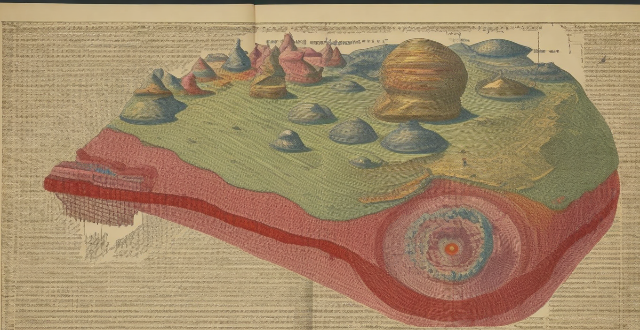
How can citizen science contribute to biodiversity research and conservation ?
This article explores the role of citizen science in enhancing biodiversity research and conservation efforts. It highlights how involving the general public in scientific projects can boost data collection, raise environmental awareness, and support conservation initiatives. The article also provides examples of successful citizen science projects that have contributed significantly to understanding and protecting biodiversity.

What are the most effective methods for disseminating climate science information ?
To disseminate climate science information effectively, a multi-pronged approach combining educational programs, digital media, partnerships, community outreach, and policy advocacy should be employed. This involves integrating climate science into school curricula, organizing public awareness campaigns, leveraging social media, creating dedicated websites, partnering with government agencies and NGOs, hosting local events, and engaging in lobbying efforts and grassroots movements. By doing so, we can increase public understanding of climate change and foster a culture of sustainability.
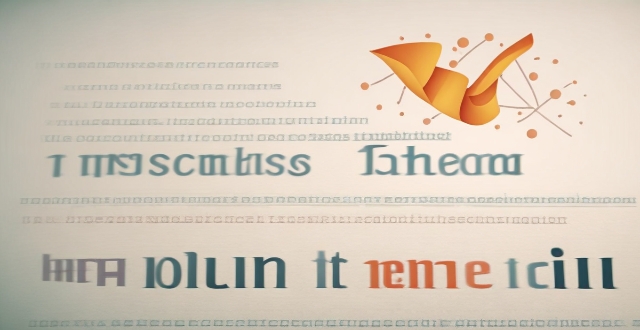
What are the latest advancements in sports science ?
The text discusses the latest advancements in sports science, including wearable technology, nutritional science, biomechanics, and mental training. Wearable technology provides real-time data on an athlete's performance, while nutritional science focuses on specialized diets and supplements. Biomechanics studies human movement to improve form and reduce injuries, while mental training techniques help build confidence and manage stress. These advancements have revolutionized athletic performance across all levels of competition.

How do we overcome the challenges of communicating complex climate science concepts to non-scientists ?
Overcoming the Challenges of Communicating Complex Climate Science Concepts to Non-Scientists: Tips and Strategies for Making Climate Science Accessible and Understandable.
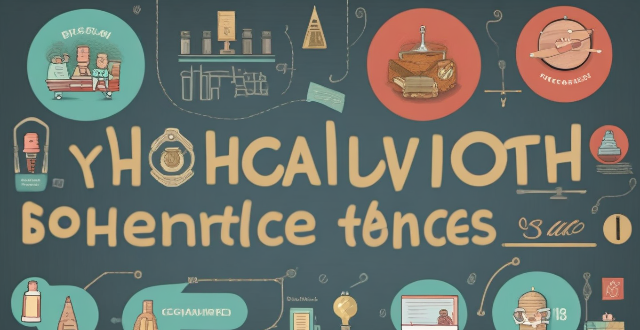
What are the psychological barriers to accepting climate science, and how can they be overcome ?
The text discusses psychological barriers to accepting climate science, including cognitive dissonance, confirmation bias, the scary world scenario, mistrust of science, perceived lack of control, narratives of doom, tribalism, and optimism bias. Strategies for overcoming these barriers involve education and awareness, inclusivity and dialogue, and empowerment and action. By addressing these barriers and implementing strategies for change, a more informed and engaged public can be created to tackle the challenges of climate change head-on.
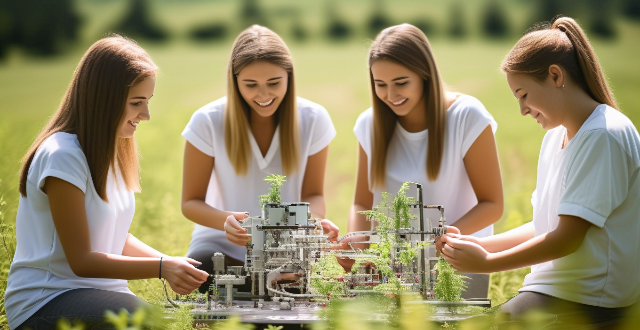
How can we encourage more girls to pursue careers in science and technology ?
To encourage more girls to pursue careers in science and technology, several strategies can be employed, including introducing female role models in STEM fields, offering targeted scholarships, creating supportive learning environments, fostering industry collaboration, promoting diverse perspectives, building confidence, improving media representation, advocating for policy changes, and engaging communities. Implementing these measures can help create an environment where girls feel empowered to explore and excel in science and technology.

How have advancements in materials science impacted sports equipment design ?
Advancements in materials science have significantly impacted sports equipment design, improving durability, performance, safety, comfort, and customization. Examples include carbon fiber bats, advanced composite tennis racquets, titanium golf clubs, aerodynamic cycling helmets, shock-absorbing running shoes, breathable athletic apparel, customized orthotics, and personalized mouthguards. These innovations not only enhance the athletes' performance but also reduce waste, making it an environmentally friendly option.

How can we make climate science more accessible and understandable to people from diverse backgrounds ?
Climate science is crucial but complex. To make it accessible, use simple language and visuals, incorporate cultural perspectives, provide interactive learning, and encourage public participation.

Can you share a story about a woman who has made significant contributions in science or technology ?
Marie Curie's life and work epitomize scientific breakthrough and personal resilience. Born in a restricted society, she overcame numerous obstacles to become the first woman to win a Nobel Prize and the only person to win in two different sciences. Her pioneering research on radioactivity led to advancements in physics, chemistry, medicine, and technology. Despite facing significant gender bias, Marie's dedication and achievements have made her a timeless inspiration for scientists worldwide.

How do we ensure that climate decisions are based on sound science ?
The text discusses how to ensure that climate decisions are based on sound science. It suggests a multi-faceted approach that includes ensuring data quality and integrity, promoting interdisciplinary collaboration, and enhancing public understanding and involvement. The author emphasizes the importance of rigorous research, maintaining data integrity, encouraging collaboration between different fields, integrating traditional knowledge and local expertise, educating the public about climate science, and encouraging public participation in decision-making processes. By adopting these strategies, we can make informed decisions that effectively address the challenges posed by climate change.

What are some tips for making science experiments at home for educational purposes ?
Science experiments are a great way to engage children in learning about the natural world around them. Here are some tips for conducting science experiments at home for educational purposes: ## 1\. Choose Age-Appropriate Experiments Select experiments that are suitable for your child's age and ability level. Younger children may enjoy simple experiments involving colors, shapes, and basic physical properties, while older children can tackle more complex concepts such as chemical reactions or electricity. ## 2\. Gather Materials in Advance Make sure you have all the necessary materials before starting the experiment. This will help avoid interruptions and frustration during the process. Create a list of required items and gather them ahead of time. ## 3\. Follow Safety Guidelines Safety should always be a top priority when conducting science experiments at home. Ensure that you and your child follow proper safety guidelines, such as wearing protective gear (e.g., goggles, gloves) and working in a well-ventilated area. ## 4\. Involve Your Child in the Process Encourage your child to participate in every step of the experiment, from planning to execution. This will not only make the experience more enjoyable but also help them develop critical thinking skills and problem-solving abilities. ## 5\. Observe and Record Results Observing and recording results is an essential part of any scientific experiment. Encourage your child to take notes throughout the process, documenting their observations and findings. This will help them understand the importance of data collection and analysis in science. ## 6\. Discuss Results and Implications After completing the experiment, discuss the results with your child. Ask questions about what they learned, how the experiment could be improved, and what implications their findings might have on real-world applications. This will help foster their curiosity and interest in science. ## 7\. Clean Up Properly Teach your child the importance of cleaning up after themselves by ensuring that all materials are properly disposed of and surfaces are wiped down. This will help maintain a safe and organized environment for future experiments.

Is space travel only for astronauts or can ordinary people go too ?
Space travel, once a distant dream, has become a reality with the advent of commercial spaceflight companies. However, the question remains: is space travel only for astronauts or can ordinary people go too? In the early days of space exploration, only highly trained astronauts were selected to venture into space. These individuals underwent rigorous training and selection processes to ensure their physical and mental fitness for the challenges of spaceflight. Over time, the landscape of space travel has changed significantly. Private companies have entered the arena, offering opportunities for ordinary people to experience spaceflight. This shift has opened up new possibilities for those who dream of exploring the final frontier. Several private companies have emerged in recent years, each with its own approach to space tourism. Some of the key players include Blue Origin, SpaceX, and Virgin Galactic. While space travel may seem like an extravagant luxury, there are several potential benefits for ordinary people who choose to embark on this adventure. These benefits include experiencing weightlessness, viewing Earth from space, and advancing science and technology related to space exploration.

What skills do young people need to effectively participate in climate action ?
The article discusses the various skills that young people need to develop in order to participate effectively in climate action. These skills include scientific literacy, critical thinking, communication, collaboration, advocacy, practical skills, financial literacy, emotional intelligence, and digital literacy. The article emphasizes that having a blend of these skills will enable young people to contribute meaningfully to efforts aimed at mitigating the effects of climate change.
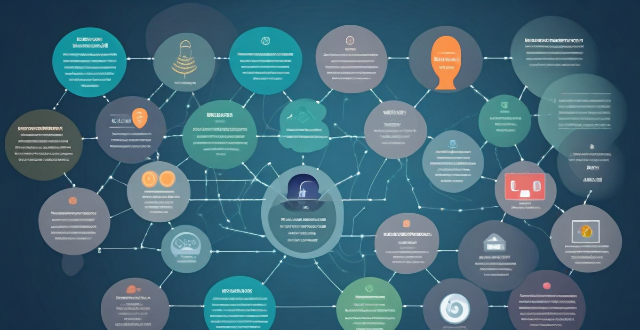
How can we effectively communicate climate science to the general public ?
Effective communication of climate science to the general public is crucial for raising awareness and promoting action on climate change. Strategies include using simple language, visualizing data, telling stories, providing actionable steps, collaborating with influencers, and addressing concerns and misconceptions.
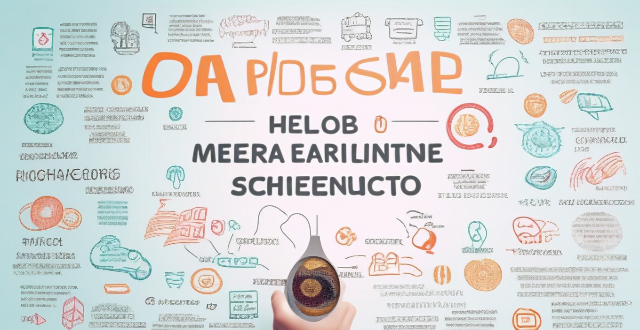
What role does social media play in the communication of climate science ?
The text discusses the role of social media in climate science communication. It highlights three main ways in which social media influences this field: awareness and education, engaging with the public, and promoting action and advocacy. The author provides examples for each category, such as sharing infographics and videos on platforms like Facebook or Twitter to educate people about climate change, conducting polls and surveys to gather feedback from the public, and initiating challenges or campaigns to encourage sustainable practices. The text concludes by emphasizing the importance of leveraging social media to spread accurate information, foster dialogue, and inspire collective action towards mitigating the effects of climate change.
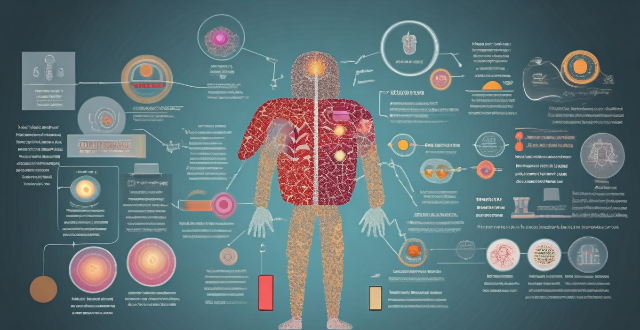
How can we use storytelling techniques to communicate climate science more effectively ?
Storytelling techniques can make climate science more accessible and engaging by creating emotional connections, simplifying complex ideas, humanizing data, and promoting sharing. Effective strategies include using case studies, visual narratives, characters, analogies, and interactive elements to enhance retention and inspire action. By harnessing the power of storytelling, we can foster a deeper understanding and emotional connection to the urgent issue of climate change.
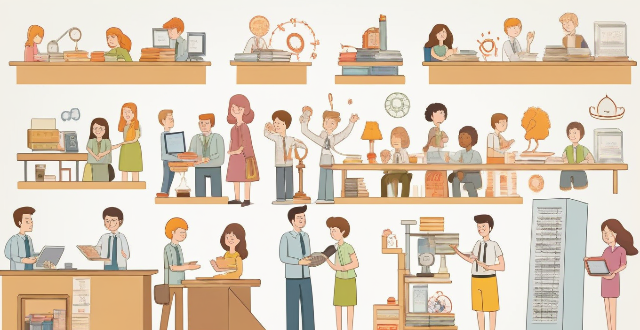
What are the different types of academic competitions available ?
Academic competitions are structured events where students can showcase their knowledge, skills, and talents in various subjects. They provide a platform for students to test their abilities, gain recognition, and potentially earn scholarships or other rewards. These competitions are crucial for developing critical thinking, problem-solving, and teamwork skills. There are various types of academic competitions, including mathematics, science, literature and language, social sciences, and technology and engineering. Each category has national and international competitions that challenge and stimulate high school students.
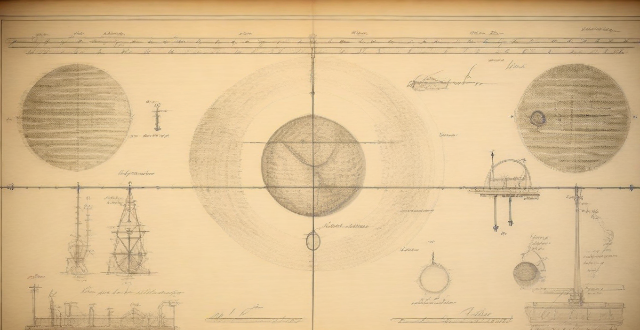
What are the benefits and drawbacks of using visual aids in climate science communication ?
Visual aids in climate science communication can enhance comprehension, engagement, and universal appeal but may oversimplify data or mislead if not accurately designed. Creators must balance benefits and drawbacks for effective communication.

What initiatives can be taken to improve scientific literacy among women ?
Scientific literacy is important for making informed decisions about health, environment, and technology. Women often face barriers to accessing scientific education and resources. To improve scientific literacy among women, initiatives such as educational programs, community outreach, media representation, and policy changes can be taken. These include integrating STEM subjects into the school curriculum, offering girls-only classes, connecting young girls with female role models in STEM fields, establishing community-based science clubs for women of all ages, organizing public lectures by women scientists, conducting workshops and training sessions on various scientific topics, highlighting stories of successful women in science through media platforms, encouraging more women to pursue careers in science journalism, utilizing social media platforms to create awareness about scientific issues affecting women's lives, advocating for increased funding for educational programs and research initiatives focused on improving women's participation in STEM fields, lobbying for policies that ensure equal opportunities for women in science education and employment, and implementing mandatory gender bias training for educators and professionals working in STEM fields. By implementing these initiatives, we can create a more inclusive environment that encourages women to explore and contribute to the field of science.

How does scientific literacy among women influence their career choices in science and technology fields ?
Scientific literacy significantly influences women's career choices in science and technology fields by enhancing opportunities, overcoming barriers, increasing diversity, and improving representation. It enables women to access complex scientific information, develop problem-solving skills, broaden their perspectives, break stereotypes, promote equality, address biases, expand career horizons, encourage mentorship, foster collaboration, challenge underrepresentation, influence policy, and change public perceptions about the suitability of these fields for females.

How can I improve my memory using science-based methods ?
Improving memory can be achieved through various science-based strategies, including repetition, visualization, storytelling, mnemonic devices, chunking, maintaining a healthy lifestyle, practicing mindfulness and meditation, engaging in active learning, considering environmental context, and staying mentally active. These methods help move information from short-term to long-term memory, making it easier to recall later. Consistency and patience are crucial for enhancing cognitive functions.